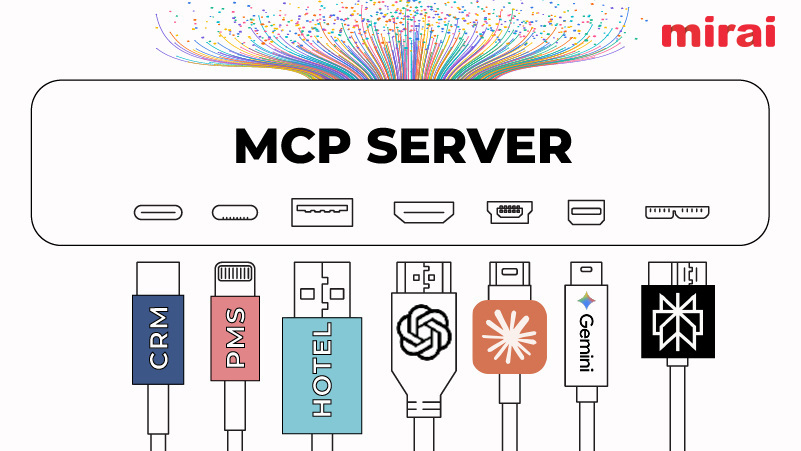Mastering the subject line has always been imperative for email marketers.
NB: This article is an extract from a Guide produced by Cendyn, one of our Expert Partners
Without a strong subject line, emails don’t get opened. And unopened emails have no chance for conversion. Of course, that’s all easier said than done. Someone wise once said, “If I had enough time, I would have written a shorter letter.” Encapsulated within that thought is the reality that editing takes a lot of time! It’s much easier just to write something and never look at it again.
Subscribe to our weekly newsletter and stay up to date
Resist the urge to tick items off your to-do list and invest time in your subject lines
Know your message types
Emails can be bucketed into broad categories. Knowing which type of message you’re sending can help you narrow down your options and find the ideal subject line that matches your objective.
At the highest level, there are five types of emails:
- Activation: These emails welcome recent newsletter subscribers or recent guests to establish a new relationship.
- Retention: Past guests, whether frequent or one-time, need targeted emails to entice them to return.
- Awareness: Long-term engagement requires drip campaigns that function as gentle reminders and sources of inspiration for future trips.
- Promotional: It’s ok to sell to your list, as long as it’s balanced with other messages (or the list is exclusively for promos and offers). These emails have a clear purpose: drive bookings.
- Transactional: These are operational emails that inform and educate guests. Emails include anything they need to know about reservations, payments, and other aspects of your property.
As you set up each campaign, identify a clear objective. Keeping the purpose of each campaign in mind as you build will deliver stronger performance. It will prevent you from trying to do too much in a single campaign. It may seem tedious but it’s worth it, as clarity keeps you focused on the objective at hand.
Speak to each segment
We’re all digital natives now, so it’s going to be obvious when you’re blasting out a single email to your entire list. Instead, craft subject lines that speak to each segment.
Common segments include:
- Past guests: Periodically pinging past guests with both inspirational content and win-back offers is an effective strategy. As you look to re-engage, rotate between new things to do on their next visit – and enticing offers that convert to bookings.
- Promotional: This segment includes anyone who has opted in to receive promotional messages from your hotel. These communications will focus exclusively on packages and promotions offered by your hotel. With this segment, it’s all business all the time – subject lines should be fun but relevant, with lots of value for access to their inbox.
- Frequent guests: A segment that includes your most frequent guests is especially valuable. These are the ones that already love your hotel and can provide a solid foundation to rebuild momentum. Subject lines should focus on reasons to visit again and the latest destination information.
- Loyal guests: This group opted-in to your hotel’s program and can be incentivized with exclusive members-only offers – and you’ll want to speak to them much differently than those who haven’t taken advantage of the program. Subject lines should be familiar, friendly, and approachable.
- Demographics: Another common segmentation approach is to segment your customers based on their demographics, such as their age range and where they live. Then you can market properties that are most relevant to them and refine your subject lines to speak directly to each segment.
- Abandoned carts: This unique segment takes a bit of finesse to coax them back to booking. Use cart data to inform subject lines – and then segue into cart specific offers to get them back to book.
Within those segments, you can further refine based on CRM data. You can be even more targeted with your subject line by using booking history, birthday, location, relationship status, and frequency/recency of stays.





